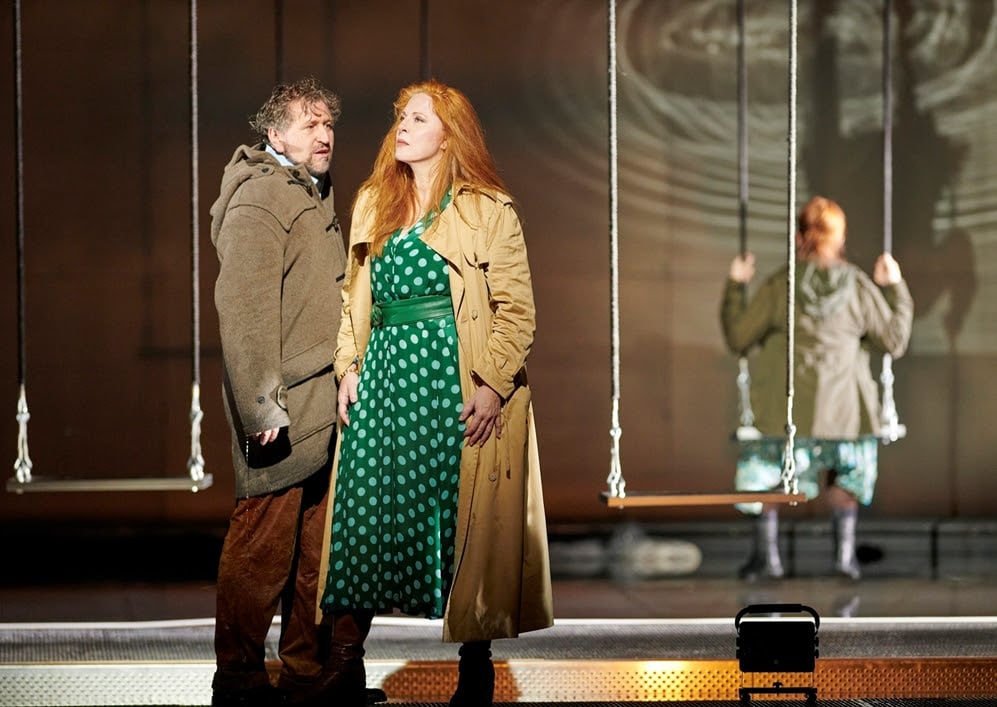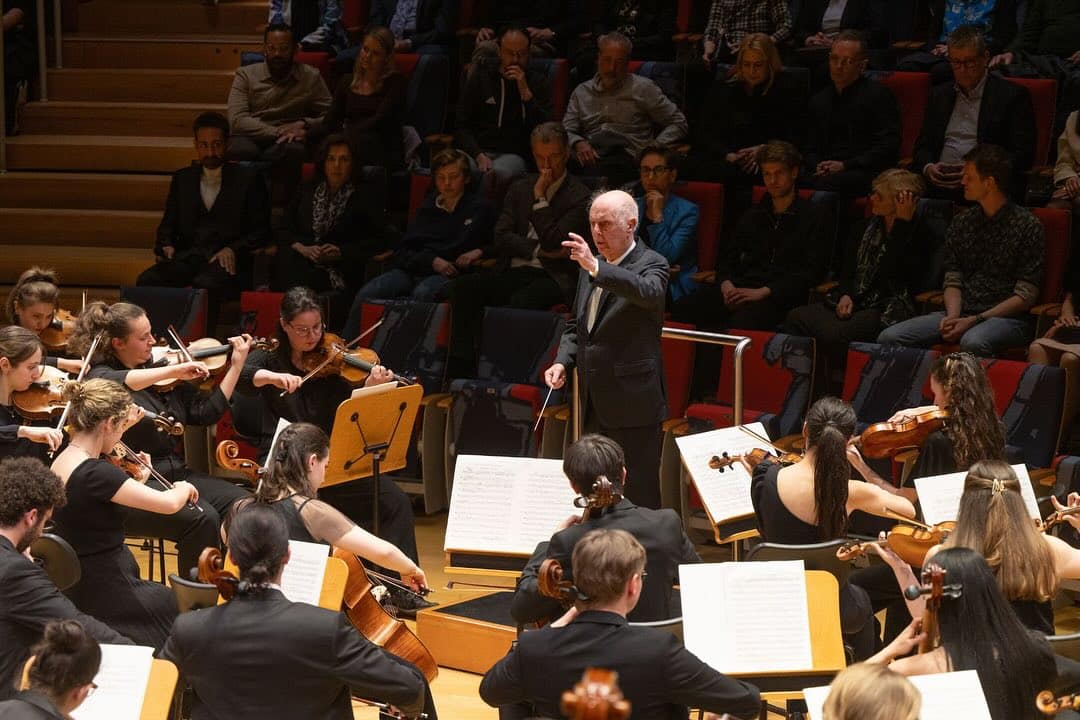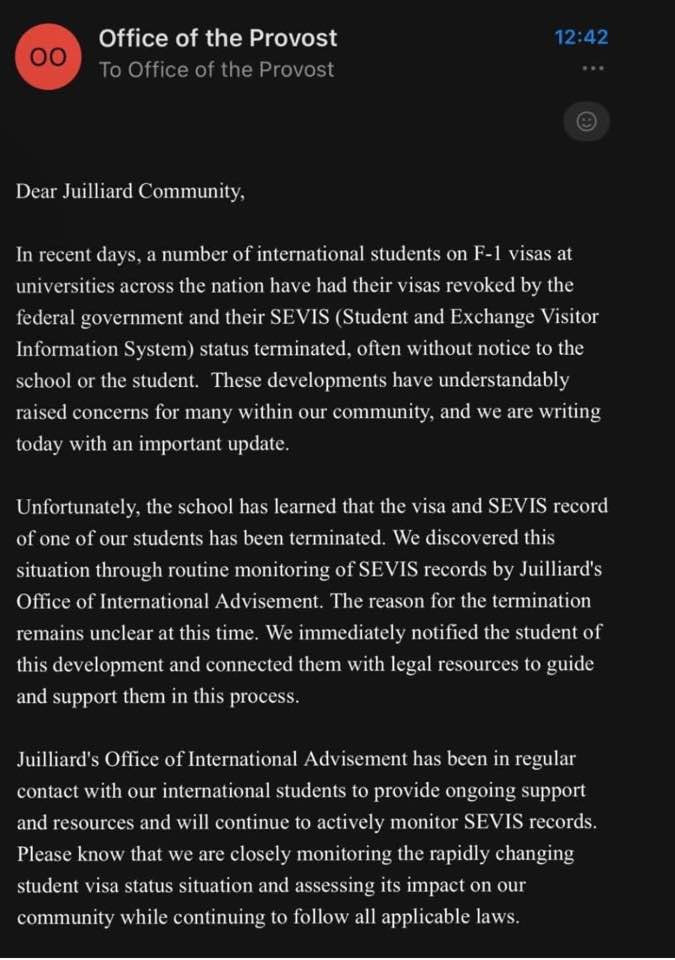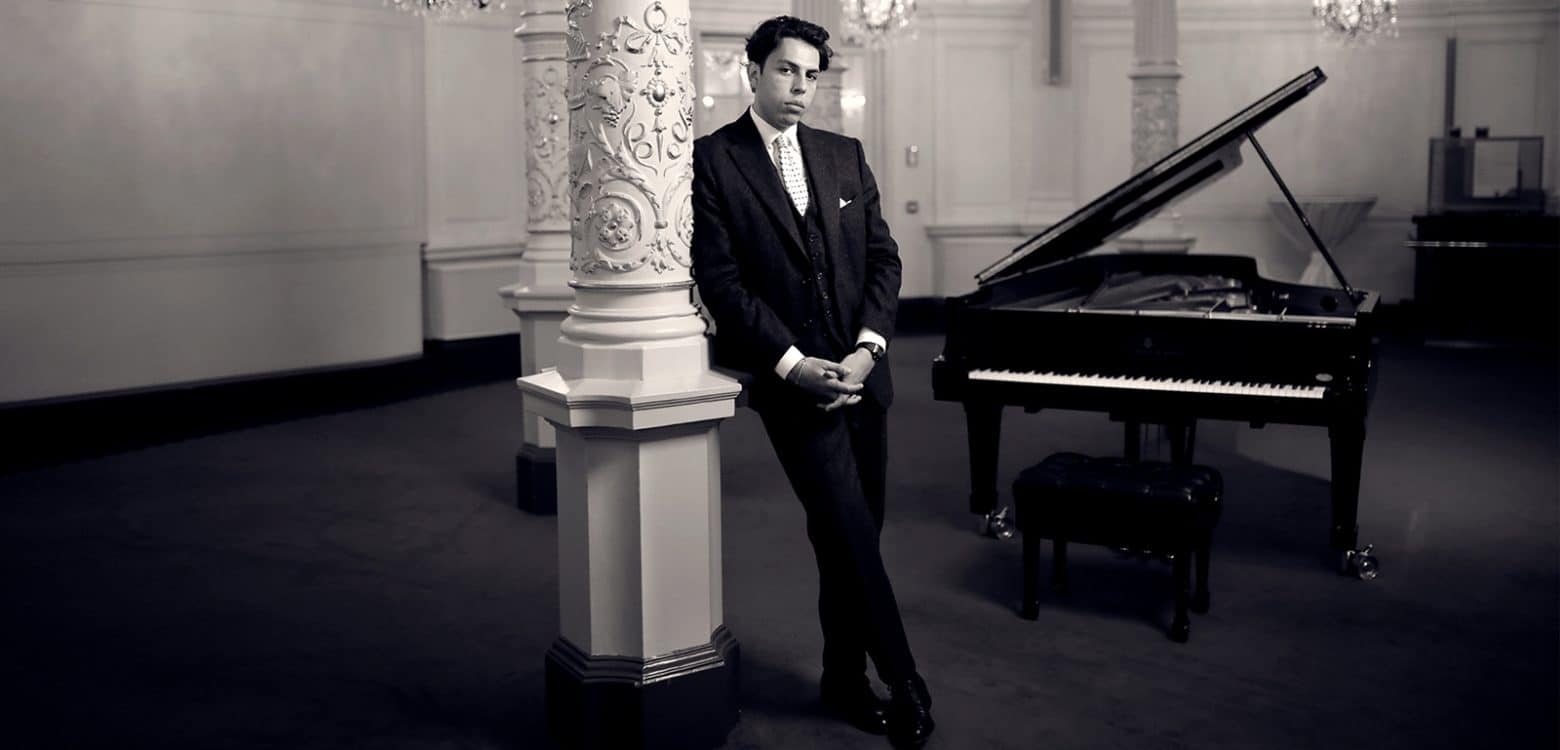Where does Calixto Bieito buy his Tristan outfits?
NewsThe Vienna State Opera has released first pics of its upcoming Tristan and the eye is drawn to the costumes.
A bit 1980s thrift shop?
Marks & Spencers before it bought Italian?
C&A?
Primark on a bad day?
Definitely not Uniqlo.
Photo: Andreas Schager/Tristan, Martina Serafin/Isolde, Ekaterina Gubanova/Brangäne © Wiener Staatsoper / Michael Pöhn






Comments